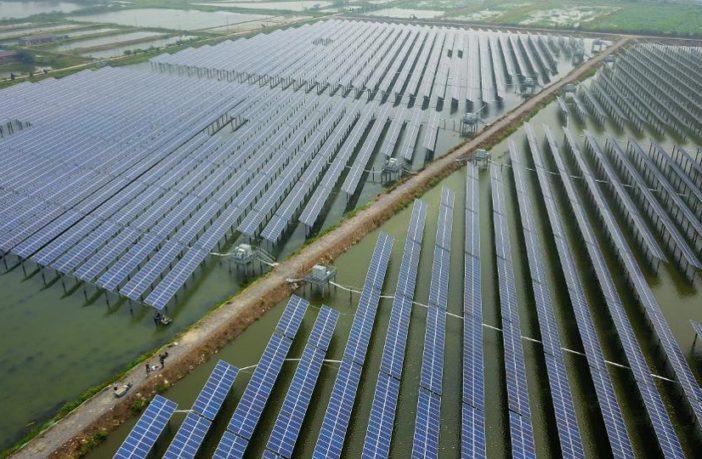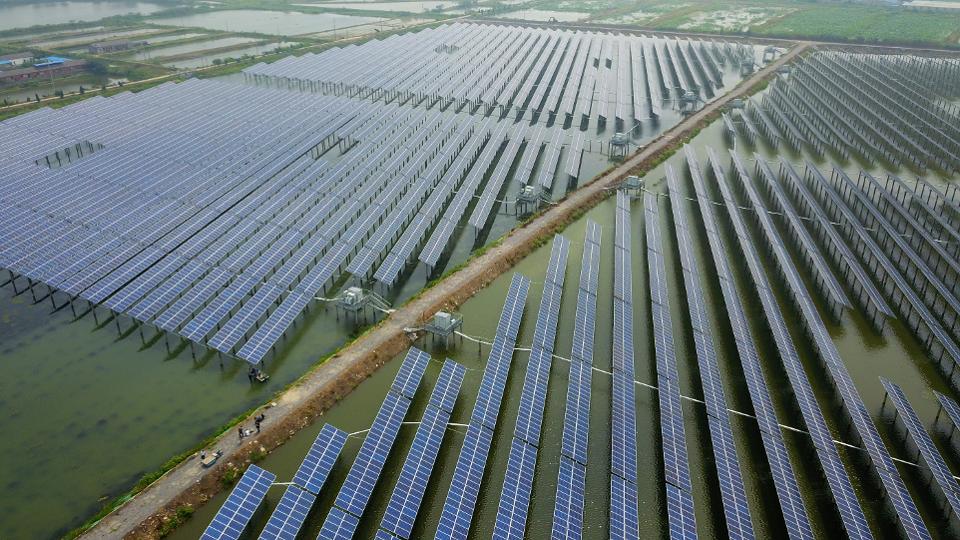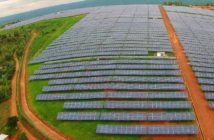Forbes.com
Enrique Dans Contributor
YANGZHOU, CHINA – JUNE 24: Aerial view of fishermen catching crayfish next to photovoltaic solar panels at a fishery-solar hybrid photovoltaic power station on June 24, 2019 in Yangzhou, Jiangsu Province of China. (Photo by Meng Delong/VCG)
VCG VIA GETTY IMAGES
A $20 billion investment aims to supply electricity to Singapore from what will be, for the time being, the world’s largest solar farm: Sun Cable. Located in Australia and linked by a 3,800-kilometer submarine cable, its magnificent 15,000 hectares of solar panels will provide about 10 gigawatts, enough to cover a fifth of the country’s energy needs and replace its combined-cycle power stations, with enough batteries to ensure uninterrupted supply.
An even bigger project, the Asian Renewable Energy Hub, plans to create a hybrid solar and wind farm linked to a hydrogen energy storage plant in Pilbara, a sparsely populated region in Western Australia. The idea is to change Australia’s place within the global energy map and to transition from exporting mainly coal and natural gas to being a leader in clean energy. It is estimated that filling the Sahara desert with windmills and solar panels could generate enough electricity to supply the energy needs of the entire world. In the United States, solar is already the most important source of energy, ahead of gas or wind, despite the tariffs imposed by its ignorant president on imported solar panels.
Meanwhile, Morocco’s Noor-Ouarzazate facility, along with others in India, China, Mexico, the United States or the United Arab Emirates, will fill vast tracts of land and even the sea, with solar panels, completely changing the global energy map, with the concomitant geopolitical consequences.
More and more industries will depend on the ability of countries to manufacture or supply solar panels and batteries. Solar energy is already the logical choice: in countries as different as the United States or Germany, home installations of solar panels and batteries are the hot new investment opportunities as more facilities are created to interconnect through so-called microgrids. To all intents and purposes, energy is the new internet and, as Elon Musk properly predicted, energy storage becomes the most strategic technology.








